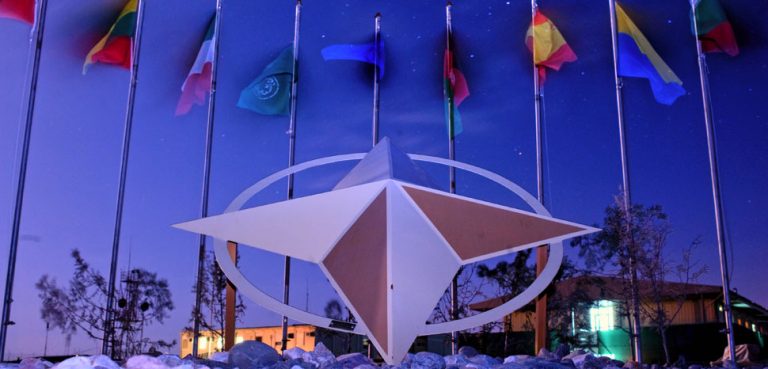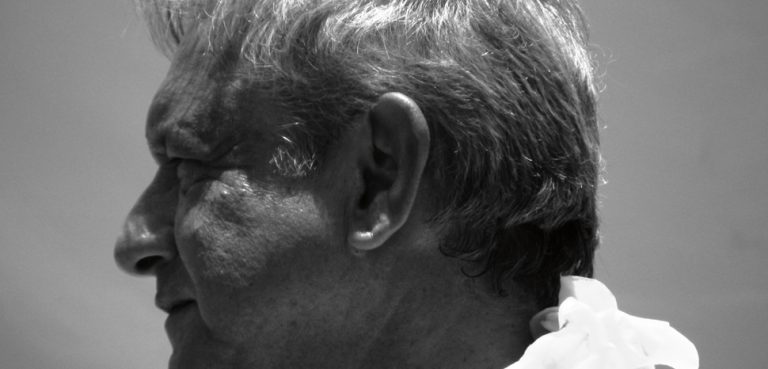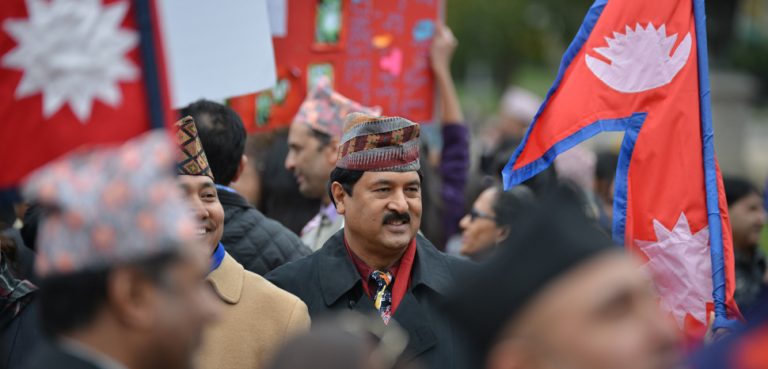This week marks two years since the start of the most recent Rohingya crisis. Back in the late summer of 2017, events in Myanmar quickly spiraled out of control as the government waged a campaign of persecution against the long-oppressed ethnic group. Hundreds of thousands of those who fled the violence ended up in neighboring Bangladesh—where they still remain in overcrowded refugee camps, uncertain of their fate.
The Bangladeshi government signed a bilateral pact with Myanmar to return the refugees and has made several aborted attempts to follow through—but there are serious problems with these repatriation plans that are exacerbated by the lack of attention and understanding of the situation from the international community. Ahead of the latest attempts to entice refugees to return to Myanmar, Rohingya have held protests and outright refused to go back to their native land without further guarantees.
Before the current crisis, the Muslim Rohingya made up around a third of the population in the Buddhist-majority Rakhine state of Myanmar. They have long faced discrimination in a country that until recently was ruled by the military. Never officially recognized as one of the country’s many ethnic minorities and denied citizenship rights, they have continually faced restrictions in areas such as marriage, family planning, employment, education, religious choice and freedom of movement.
Although many hoped that things might improve for the Rohingya following the democratization of Myanmar, they instead worsened. A military-led campaign killed around 6,700 in August and September 2017, in what the UN described as a “textbook example of ethnic cleansing.” Over a million people fled the violence; the vast majority ended up in poorly-maintained camps in Bangladesh.
Prolonged uncertainty
The refugees in Bangladesh remain unsure about what will happen to them. They are justifiably refusing to return to their homeland in Rakhine, where the situation is still unstable and authorities have made minimal preparations for their return, despite claims to the contrary. But life in the Cox’s Bazar camps, in southeastern Bangladesh, is not much better. Facilities are poor and overcrowded, and the Bangladeshi government doesn’t seem to have much of a plan for dealing with the situation beyond convincing the Rohingya to go home as quickly as possible.
For what Human Rights Watch has suggested are political reasons, Bangladesh’s ruling Awami League—which clung to power in extremely controversial elections last December—is reluctant to acknowledge that it may be a long time before many Rohingya refugees are able to return to Myanmar. Dhaka’s decision to consider the Rohingya “forcibly displaced Myanmar nationals” rather than refugees has a number of concrete consequences: for one thing, children in the camps are unable to attend Bangladeshi public schools. Dhaka forbids the Rohingya to build permanent homes, meaning they are forced to live in rudimentary shelters covered by plastic tarp. There have been recent moves to issue temporary ID cards and stop widespread trafficking within the camps, but there is a notable lack of a sustainable long-term strategy.
Worryingly, one of the main solutions the Bangladeshi government has come up with is to relocate a portion of the refugees to a remote island at high risk of flooding and cyclones. Eroding by half a kilometer per year, Bhasan Char is 24 miles from the mainland and accessible only by a 3-hour boat ride. The island is currently uninhabited, but the Bangladeshi authorities have been busy constructing facilities for a population of around 100,000. It’s been called a “prison island” by activists and it’s not hard to see why: reports suggest that each family will be confined to a 3.6m x 1.2m concrete room with bars on the windows, and there will be only two kitchens and one toilet per 64 families.
The Bangladeshi authorities say that the island will only be populated by voluntary inhabitants, but there hasn’t been much sign of willingness to move to Bhasan Char among those in the camps. There are fears about conditions on the island as well as risks from natural disasters. Human rights groups and NGOs, including Human Rights Watch, have expressed concerns about facilities and are worried that authorities may use coercion and force if not enough volunteers put themselves forward.
Where’s the international community?
The truth is that Bangladesh is ill-equipped to deal with this refugee crisis. The country is among the world’s poorest as well as being the 12th most densely populated nation in the world. Consequently, it has struggled to shoulder the burden of roughly a million refugees.
The West has repeatedly expressed outrage over the persecution of the Rohingya, but Dhaka has yet to convince the international community to take concrete actions which might set Myanmar down a path of genuine change. The Trump administration recently reintroduced minor sanctions against Myanmar after they were lifted following the end of military rule in 2011, but these have only extended to travel sanctions for high-ranking military generals. Meanwhile, the decision by the US to suspend all foreign aid funds will only aggravate the shortfalls faced by refugee agencies.
Europe hasn’t fared much better. Though around €139 million of EU aid has been released to deal with the crisis since 2017, this accounts for only around 0.5% of the bloc’s annual aid budget— and the crisis hasn’t featured much on the discussion agenda either at EU level or within individual nations. With the British government preoccupied with Brexit, any serious discussion on overseas matters such as this in the near future seems unlikely.
Elsewhere, Japan and Singapore are still investing heavily in Myanmar while Russia and China continue to support the military while boycotting UN talks on the crisis. A UN fact-finding report released earlier this month also found that defense companies from at least seven foreign countries have supplied Myanmar‘s military with arms since 2016.
Having failed to build an international consensus on how to deal with the Rohingya crisis, Bangladesh’s government has been left hashing out bilateral agreements with Myanmar. Meanwhile, the most important thing – the safety and wellbeing of the Rohingya refugees themselves – risks being overlooked.
The views expressed in this article are those of the author alone and do not necessarily reflect Geopoliticalmonitor.com or any institutions with which the author is associated.




